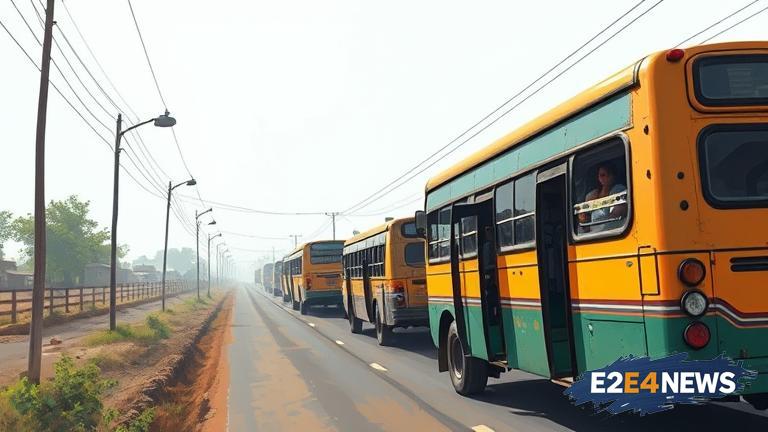The implementation of free bus schemes in various states across India has been a significant step towards enhancing mobility and accessibility for rural populations. However, a recent analysis has revealed that despite these initiatives, rural India still bears a higher cost of travel compared to urban areas. This disparity is largely attributed to the limited availability of public transportation options in rural regions, forcing residents to rely on private vehicles or other expensive modes of transport. The free bus schemes, while beneficial, have not been able to fully address the transportation needs of rural communities. In many cases, the frequency and coverage of these bus services are inadequate, leaving villagers with no choice but to opt for costlier alternatives. Furthermore, the lack of proper road infrastructure in rural areas exacerbates the problem, making travel even more challenging and expensive. The Indian government has been working to improve the rural transportation network, but more needs to be done to ensure that these initiatives are effective and sustainable. The data suggests that the average cost of travel in rural India is significantly higher than in urban areas, with villagers spending a substantial portion of their income on transportation. This not only affects their economic well-being but also limits their access to essential services, education, and employment opportunities. The free bus schemes have been successful in increasing mobility for certain sections of the population, such as students and senior citizens, but more comprehensive solutions are required to address the complex transportation challenges faced by rural India. The government must invest in improving the rural road network, enhancing public transportation services, and promoting affordable and sustainable transportation options. Additionally, there is a need to encourage private sector participation in rural transportation, which can help bridge the gap in services and provide more efficient and cost-effective solutions. The issue of rural transportation is intricately linked to the broader goals of poverty reduction, economic growth, and social development. By prioritizing the development of rural transportation infrastructure, the government can have a positive impact on the lives of millions of people living in rural areas. The data highlights the need for a multi-faceted approach to address the transportation challenges in rural India, involving both the public and private sectors. It is essential to recognize the importance of transportation in facilitating economic and social development, particularly in rural areas where access to services and opportunities is limited. The free bus schemes are a step in the right direction, but they must be complemented by more comprehensive and sustainable solutions to ensure that rural India has access to affordable and reliable transportation. The government must also engage with local communities and stakeholders to understand their specific transportation needs and develop tailored solutions that address these requirements. By doing so, the government can ensure that the benefits of economic growth and development are shared more equitably across urban and rural areas. The transportation sector has a critical role to play in achieving the United Nations’ Sustainable Development Goals (SDGs), particularly SDG 9, which focuses on building resilient infrastructure, promoting inclusive and sustainable industrialization, and fostering innovation. In the context of rural India, the development of sustainable transportation infrastructure is essential for promoting economic growth, reducing poverty, and improving living standards. The government’s efforts to improve rural transportation must be guided by a long-term vision that prioritizes sustainability, affordability, and accessibility. By adopting a holistic approach to rural transportation, the government can create a more equitable and prosperous society, where everyone has access to opportunities and services, regardless of their geographical location.





